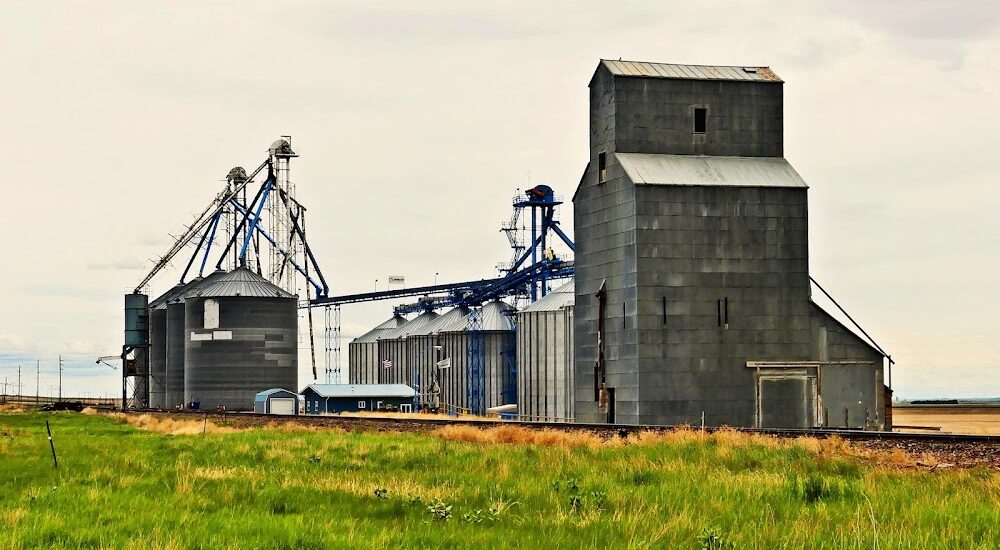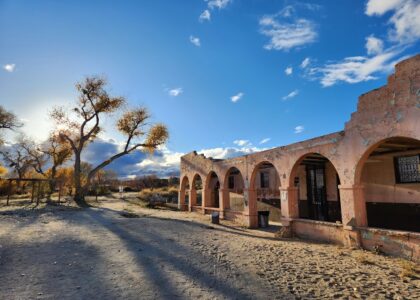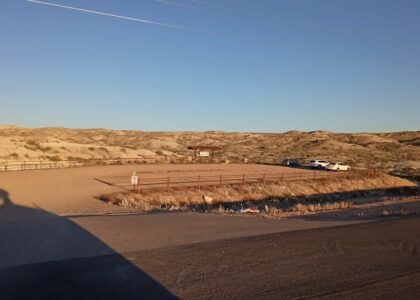Welcome to the Carter, Montana, Great Northern Depot, a charming reminder of the golden age of rail travel in the American West. Established in the late 19th century, this depot was part of the ambitious expansion of the Great Northern Railway, which was instrumental in connecting the far reaches of Montana to the rest of the United States. As you stand here, imagine the bustling activity of yesteryear, with passengers arriving and departing, goods being loaded and unloaded, and the powerful steam engines chugging along the tracks.
The Great Northern Railway was the brainchild of James J. Hill, a visionary entrepreneur often dubbed the ‘Empire Builder.’ His railway line stretched from St. Paul, Minnesota, to Seattle, Washington, and was completed in 1893, playing a crucial role in the economic development of the northern states. The Carter Depot was one of the many stops along this route, serving as a vital link for local communities and businesses.
Throughout its history, the depot witnessed many significant events. During the early 20th century, it was a hub for transporting agricultural products, particularly wheat, which was a staple crop in Montana. The depot also played a part in the mobilization efforts during both World Wars, facilitating the movement of troops and materials.
As rail travel declined in the mid-20th century, the depot’s significance waned, and it eventually ceased operations. However, its historical value has been recognized, and today it stands as a testament to the role railroads played in shaping Montana’s history.
The Carter Great Northern Depot is not just a relic of the past; it’s a window into the lives of those who relied on the rails for their livelihoods. Picture the travelers and workers who passed through here, each with their own stories and dreams, contributing to the growth of this rugged and beautiful region.





